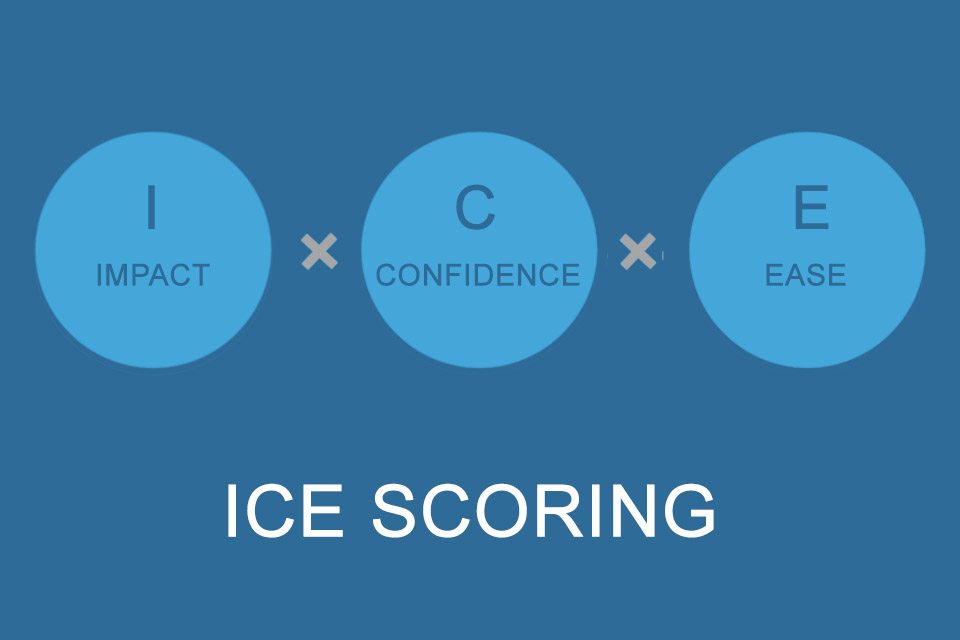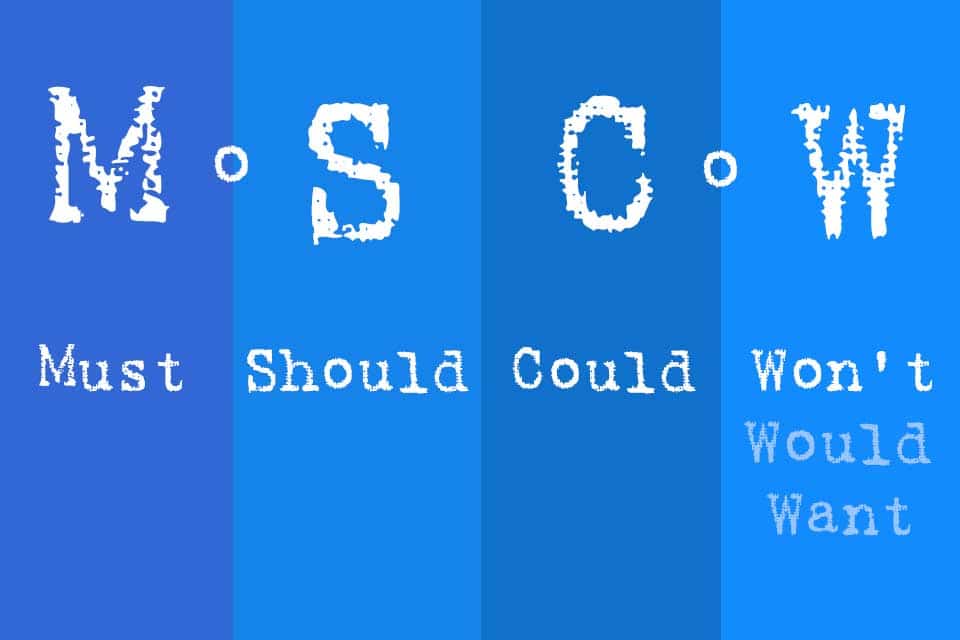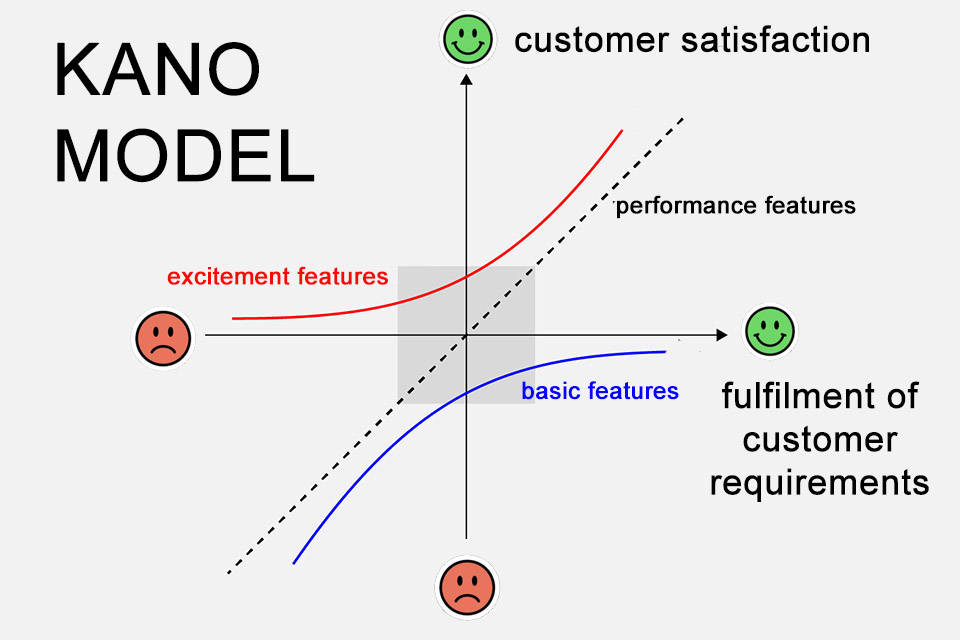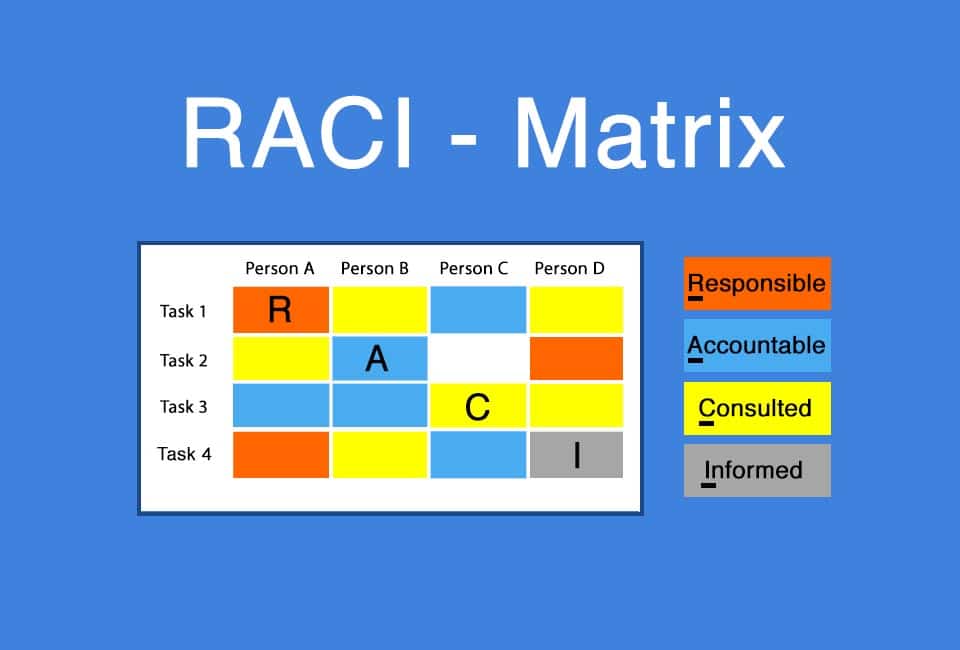What is ICE Scoring?
Table of Contents: Definition – Criteria – Advantages and disadvantages – Questions from the field – Notes
Smartpedia: ICE scoring evaluates ideas, projects or features according to impact, confidence and ease in order to set priorities and implement them quickly.
ICE scoring – prioritisation based on impact, confidence and ease
In dynamic teams and growing companies, numerous ideas often arise at the same time, whether for new products, marketing campaigns or improvements to internal processes. However, not every idea can be implemented immediately, and not every idea delivers the desired benefits. This makes it all the more important to focus limited time and resources on the undertakings that promise the greatest added value. This is exactly where ICE scoring comes in.
The ICE scoring model is a simple yet effective method for evaluating ideas, features or projects and prioritising them in a meaningful way. It was developed by Sean Ellis to simplify decision-making processes and help teams focus on what matters most. [1] ICE is an acronym that stands for Impact, Confidence and Ease. These three criteria can be used to quickly assess and compare any idea.
ICE scoring criteria in detail
Each of the three criteria – impact, confidence and ease – is rated with a numerical value, usually on a scale of 1 to 5 or 1 to 10.
- Impact describes the potential positive effect that an idea can have on the company or users. A high value indicates a significant improvement, such as a substantial increase in sales or growing customer satisfaction.
- Confidence measures how certain you are that the estimated effects will actually occur and that implementation is possible as planned. The assessment is based on existing data, experience or clear targets.
- Ease indicates how easy and resource-efficient an idea is to implement. This takes into account the effort, costs, time and personnel or technology required. A high value means that implementation is straightforward, while a low value indicates high complexity.
The ICE score is calculated by multiplying the values for impact, confidence and ease: ICE score = impact × confidence × ease.
Alternatively, the three values can also be added together, but multiplication is more common as it makes the differences more clearly visible. A high ICE score indicates that an idea is particularly promising and should be prioritised. This results in a clear ranking of the possible initiatives.
Advantages and disadvantages of ICE scoring
ICE scoring has various advantages for prioritising ideas, features or projects:
- It provides a clear structure that helps make complex decisions more tangible. This makes the evaluation of projects and ideas comprehensible thanks to a uniform method.
- Instead of relying solely on gut feeling, the score provides a tangible, quantitative basis. Ideas are no longer discussed purely subjectively, but are made comparable using a number.
- The method is easy to understand and quick to apply. This means that priorities can be set quickly, even in dynamic teams, without long preparation phases.
- The focus is on the most important success factors of an idea: its value, how reliable the assumptions are and how much effort is required.
- The result is a clear ranking list. This makes it easier to decide on the next steps and shortens discussions within the team.
However, ICE scoring also has some disadvantages and challenges:
- Despite a clear scale, the evaluation of the criteria always depends on personal assessment. Different people may come to different conclusions.
- The calculation only shows the current status, i.e. a snapshot. Changes in the market or new information can easily lead to a different evaluation and thus to a new prioritisation.
- Even though the method is fast, it still takes time and resources to collect, discuss and evaluate ideas.
- A high ICE score does not automatically mean that a project will be successful. It merely indicates a good balance between expected impact, certainty and effort. [2]
Despite these challenges, ICE scoring remains a proven method for quickly structuring many ideas and facilitating decisions. It is important to review the score regularly and adjust it as new insights emerge.
Questions from the field
Here are some questions and answers from the field:
For which applications is ICE scoring particularly well suited or less well suited?
ICE scoring is particularly well suited when many ideas or projects need to be evaluated quickly and pragmatically. It is ideal for clearly organising a large number of options and making quick decisions, for example when selecting product features, marketing campaigns or innovation projects.
In agile development environments, the method is used, for example, in sprint planning to prioritise backlog items. ICE scoring is also particularly helpful in the early stages of product development, when little data is available and quick decisions are necessary to ensure progress and create momentum. Even simple task lists or measures following employee surveys can be structured and prioritised in a meaningful way using this approach.
ICE scoring is less suitable for complex, strategically important large-scale projects where many dependencies, risks or detailed resource issues must be taken into account. The method also has its limitations when it comes to decisions with far-reaching consequences or high financial risk, because it only reflects uncertainties to a limited extent and is based on simple, subjective assessments. Where objective, detailed analysis is necessary, for example when many stakeholders need to be involved or precise profitability calculations are required, more comprehensive approaches such as a weighted scoring model or well-founded business case analyses are usually the better choice.
In summary, ICE scoring is a quick and easy-to-use tool for dynamic environments with manageable risk. However, for complex, long-term or strategically far-reaching decisions, it should be supplemented by more in-depth analyses or complementary methods.
What difference does it make whether the ICE scoring criteria are added or multiplied?
The difference between addition and multiplication in ICE scoring lies in the effect of the criteria on the overall score and in the range of possible results.
When the values are added together, impact, confidence and ease act independently of each other and balance each other out linearly. Even if one criterion is rated very low, an idea can still achieve a relatively high overall score if it scores highly in the other criteria. Weaknesses in one area are therefore offset by strengths in other areas. This can mean that projects with serious disadvantages are still given high priority.
Multiplication, on the other hand, ensures that the criteria reinforce or weaken each other. A very low value in one criterion significantly lowers the overall score, regardless of how high the other two are. Multiplication thus ensures that an idea only achieves a high score if all three factors are rated at least solid.
Another advantage of multiplication is the wider range of possible results. On a scale of 1 to 10, addition only ranges from 3 to 30. With multiplication, on the other hand, the range is between 1 (1 × 1 × 1) and 1000 (10 × 10 × 10). This creates larger gaps between the scores, which makes the differences more clearly visible and allows for a clearer ranking.
In summary: Multiplication prevents weaknesses from being hidden and creates a finer distinction through greater variance. This makes it easier to recognise truly promising ideas and prioritise them better.
What is RICE scoring?
RICE scoring is an advanced form of ICE scoring and stands for Reach, Impact, Confidence and Effort. Reach describes how many people, users or units benefit from or are affected by a measure. Reach can be interpreted in different ways:
- It can be the number of users affected,
- the number of interactions such as clicks or orders,
- a specific market potential or even
- a time-defined reach, such as ‘how many users per month’.
It is important that reach is always made measurable in order to keep the score comprehensible.
Impact assesses the strength of the expected effect, confidence indicates how certain you are about the estimates, and effort describes the effort required for implementation.
There is a clear reason why ease is replaced by effort in RICE scoring: both criteria essentially describe the effort involved, but from different perspectives.
In ICE scoring, ease is used to assess how easy something is to implement. A high ease value means: little effort, quick implementation, low complexity. Ease is therefore formulated positively: the higher, the better.
In RICE scoring, this aspect is reversed and made more concrete: instead of evaluating ease, the actual effort is measured directly, usually in person-months, hours or similar units. Effort is therefore a more realistic, tangible variable. The difference: effort is included in the formula as a divisor. A lot of effort reduces the score, little effort increases it.
The RICE score is calculated by multiplying reach, impact and confidence and then dividing by effort: RICE = (reach × impact × confidence) / effort.
Compared to ICE scoring, RICE allows for a more differentiated view, as it directly correlates the potential benefit with the actual effort and explicitly takes reach into account. Especially in product development, when prioritising features or roadmaps, RICE helps to direct resources more specifically to those measures that bring the greatest added value to as many users as possible with reasonable effort.
Here you can find out more about the advantages and disadvantages of RICE scoring.
What is the PIE method?
- Potential: How big is the potential improvement from implementing the idea? Pages or areas with a lot of potential for improvement get higher scores here.
- Importance: How important is the page or measure for the company? This can be based on traffic, conversion relevance or influence on company goals, for example.
- Ease: How easy is it to implement? Technical, organisational and political factors are taken into account here. The easier it is to implement, the higher the rating.
Impulse to discuss:
How can personal opinions be objectified when evaluating the criteria so that ICE scoring provides the greatest possible bene
Notes:
[1] Sean Ellis: Hacking Growth: How Today’s Fastest-Growing Companies Drive Breakout Success
[2] Incidentally, technical debt or long-term maintenance projects often receive low impact scores. This can lead to such undertakings being pushed aside, even though they are important for stability and gro
If you like the article or would like to discuss it, please feel free to share it in your network. And if you have any comments, please do not hesitate to send us a message.
And here you will find additional information from our Smartpedia section:



